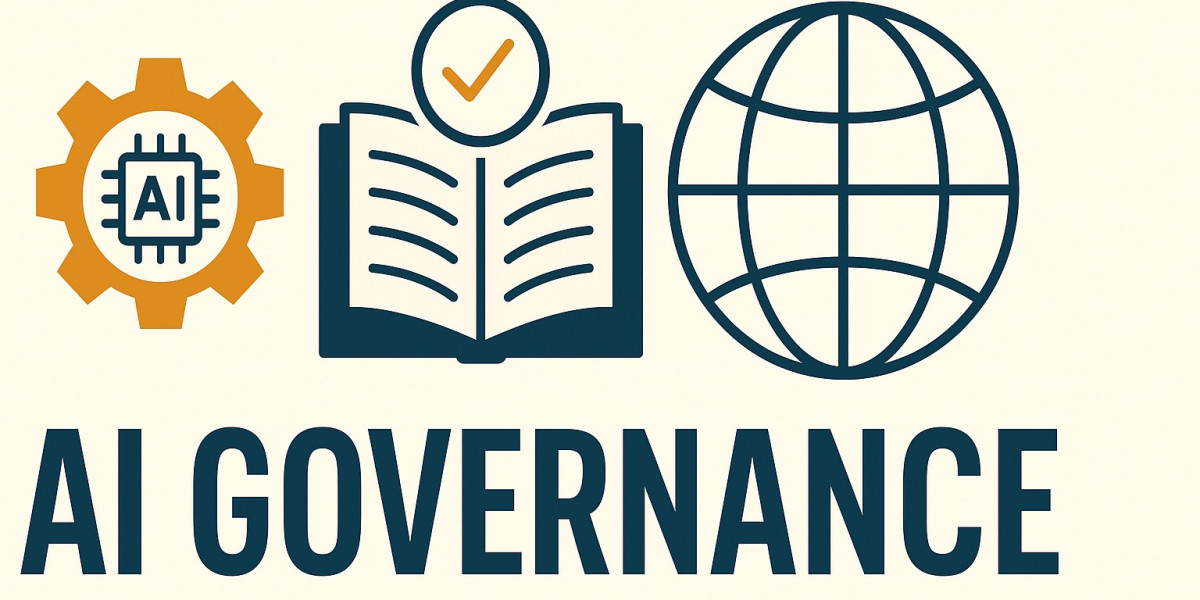As artificial intelligence becomes integral to organizational decision-making, some companies fall into the trap of what experts call quack AI governance—a superficial approach to AI management that gives the illusion of ethical oversight without real substance or effectiveness.
Quack AI governance typically involves flashy ethics statements, vague principles, or template-driven policies that aren’t backed by meaningful processes. While these efforts may appear compliant on the surface, they often fail to address key risks such as bias, accountability, and transparency. This performative approach can lead to regulatory backlash, reputational damage, and ethical lapses that harm both users and organizations.
What businesses need instead is authentic, structured AI governance built on global standards and clear documentation. This includes well-defined roles, risk management strategies, and policies tailored to how AI is developed and deployed in their unique environment. True governance enables consistent monitoring, auditing, and improvement across all AI systems.
Tools like the quack AI governance ISO 42001 Toolkit help organizations move beyond superficial compliance. By offering customizable templates and guidance aligned with international standards, the toolkit helps ensure that AI oversight is both robust and credible.
In a world where AI decisions can affect lives, finances, and freedoms, organizations must rise above lip service and embrace governance that is enforceable, measurable, and aligned with stakeholder expectations. Only then can they fully harness the promise of AI while minimizing the risks.








